Stellantis is aiming to extend the life of its vehicles beyond the current 12-year average now, with 15 years “not crazy” as a new target, its head of circular economy has said.
The company – whose stable of 14 brands includes Citroën, Fiat, Peugeot and Vauxhall – is looking to harvest reusable parts from scrapped cars among other initiatives to extend the life of its cars in order to cut its overall CO2 footprint.
If successful, the move “potentially” could impact Stellantis’ new-car sales in Europe, Alison Jones said on a media call with journalists, but the company is eyeing increases in sales in other parts of the world to mitigate that.
Reusing parts as well as designing cars to last longer is part of the company’s pledge to reach net-zero emissions by 2038.
The average car life across all Stellantis brands is currently around 12 years, Jones said. The figure is the same as the European average, according to data from European automotive lobby group the ACEA.
Stellantis has an internal target to increase that figure, which it hasn’t disclosed, but Jones told journalists that boosting the average life to 15 years “I don’t think is too crazy”.
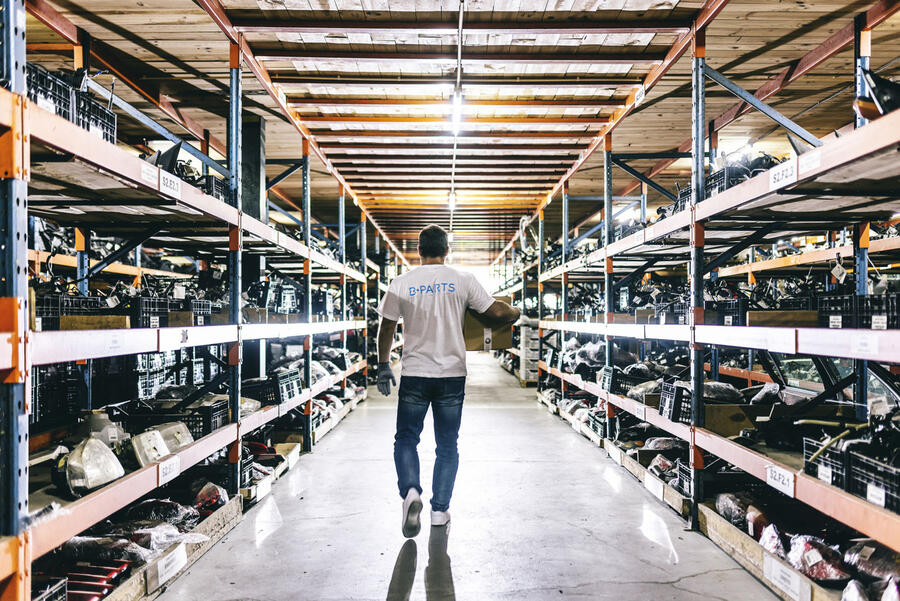
Enabling existing cars to last longer has become another route to reducing CO2 as the spotlight falls on the potential extra carbon footprint of building battery-electric cars.
The positive benefits of keeping cars longer was one of the subjects of a widely read Guardian story from last weekend by actor, comedian and car enthusiast Rowan Atkinson.


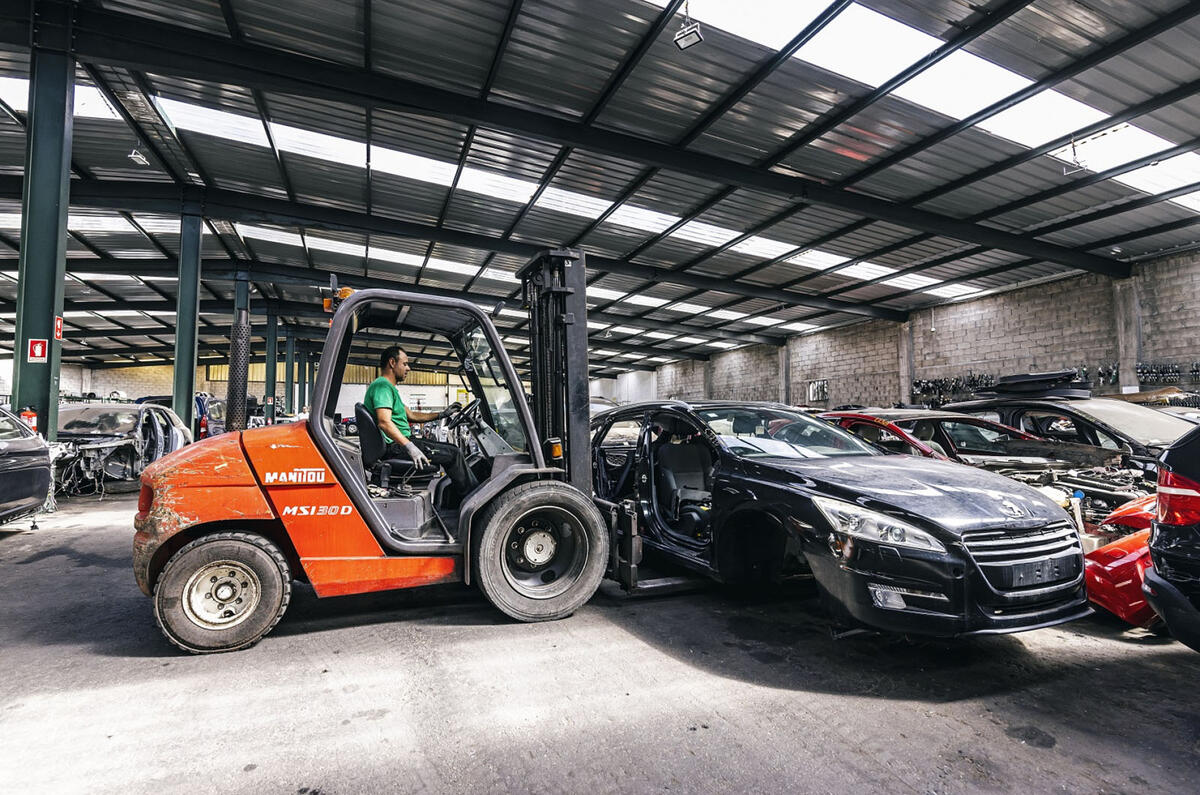

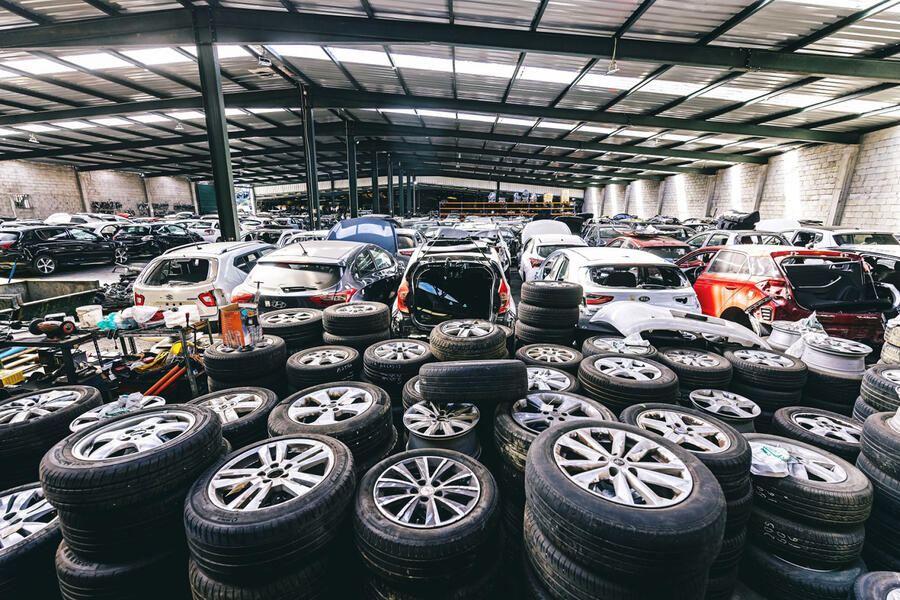
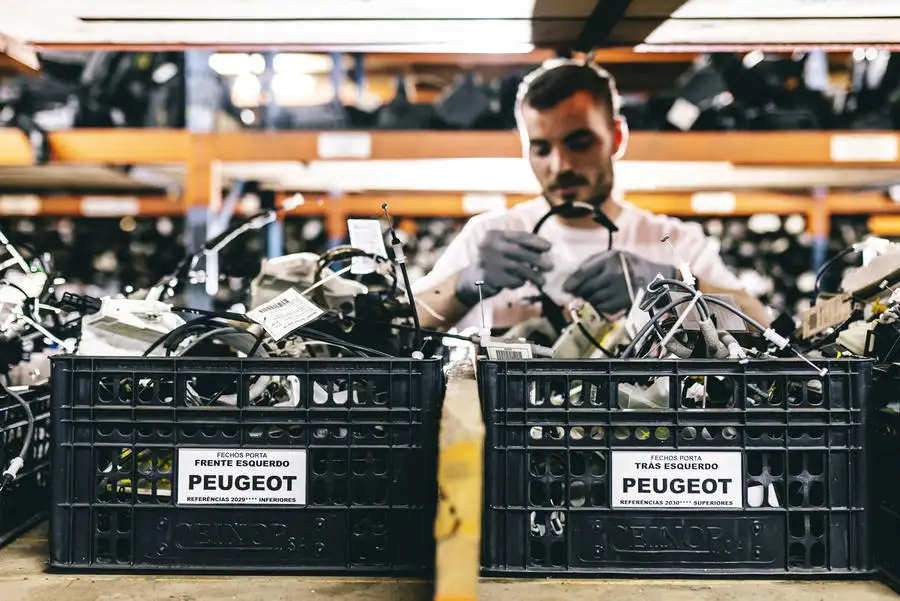
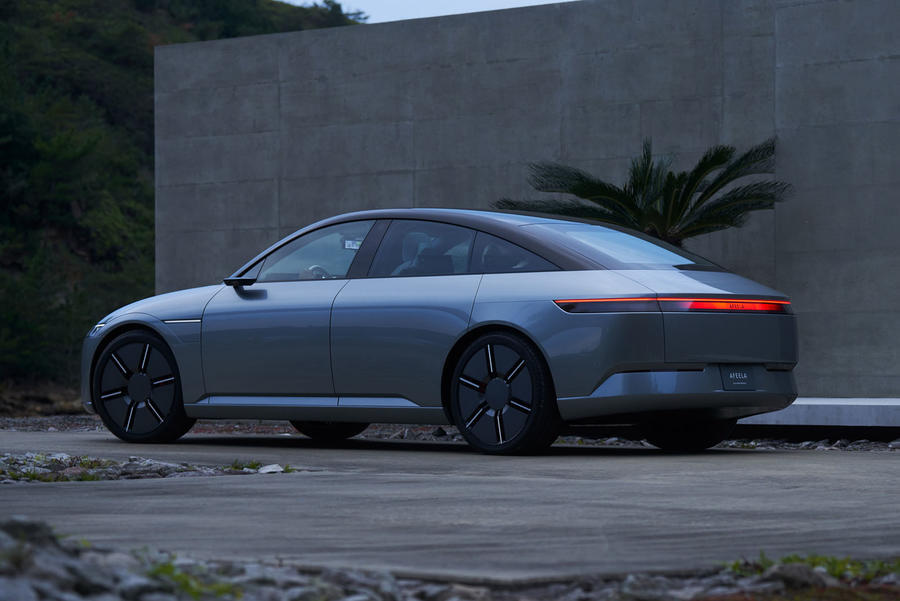


Add your comment